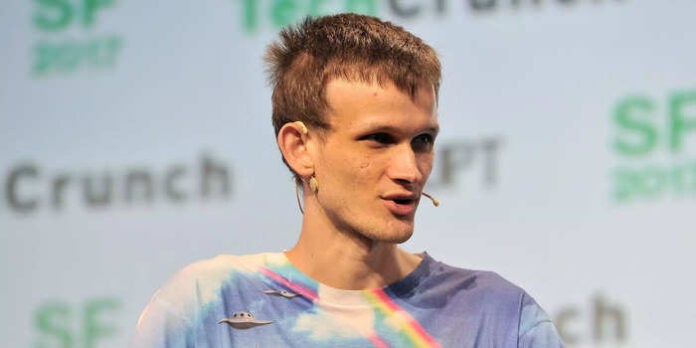Ethereum co-founder and figurehead Vitalik Buterin has published a blog article detailing a “plausible roadmap” for the next decades of blockchain infrastructure development.
Blockchain eschatology
In September, CryptoCoin.News reported on Gavin Andresen’s prediction that the Bitcoin blockchain will be dead by the year 2100. The problem is that transaction fees will become too high and block rewards too low for Bitcoin to remain viable. Hence, Andresen predicted, all BTC in circulation will be offloaded to other blockchains and Bitcoin shut down by miner consensus.
For the second largest blockchain by market cap, Ethereum, the long-term problems seem to be different ones. In a blog post titled “Endgame”, Ethereum co-founder Vitalik Buterin ponders whether an “average big blockchain” with a high transaction throughput, large block sizes, and a large block height can retain an acceptable level of decentralization:
Because the blocks are so big, only a few dozen or few hundred nodes can afford to run a fully participating node that can create blocks or verify the existing chain. What would it take to make such a chain acceptably trustless and censorship resistant, at least by my standards?
Block production centralized – validation decentralized
According to Buterin, the centralization of block production is hardly avoidable. In order to keep chains trustless and censorship resistant, he proposes to implement a “ second tier of staking, with low resource requirements, to do distributed block validation”. This would also entail ZK-SNARKs or a similar fraud proofing method, data availability sampling, and “secondary transaction channels to prevent censorship”.
For the future of Rollups in Layer 2 network, there are two possible scenarios. In one scenario, there is a single particular rollup network that can perform the vast majority of transactions. Again, that would lead to centralization of rollup block production, due to the high computational complexity.
In the second scenario, there is no clear winner and transactions are distributed across many networks. This does not solve the problem either though, since block producers have an incentive to work on multiple networks to front-run arbitrage opportunities (“cross-chain MEV”).
Nevertheless, Buterin is confident that by introducing methods for decentralized block validation, large chains can keep a sufficient level of trustlessness and censorship resistance:
It will likely take years for all of this to play out. Sharding and data availability sampling are complex technologies to implement. It will take years of refinement and audits for people to be fully comfortable storing their assets in a ZK-rollup running a full EVM. And cross-domain MEV research too is still in its infancy. But it does look increasingly clear how a realistic but bright future for scalable blockchains is likely to emerge.
















